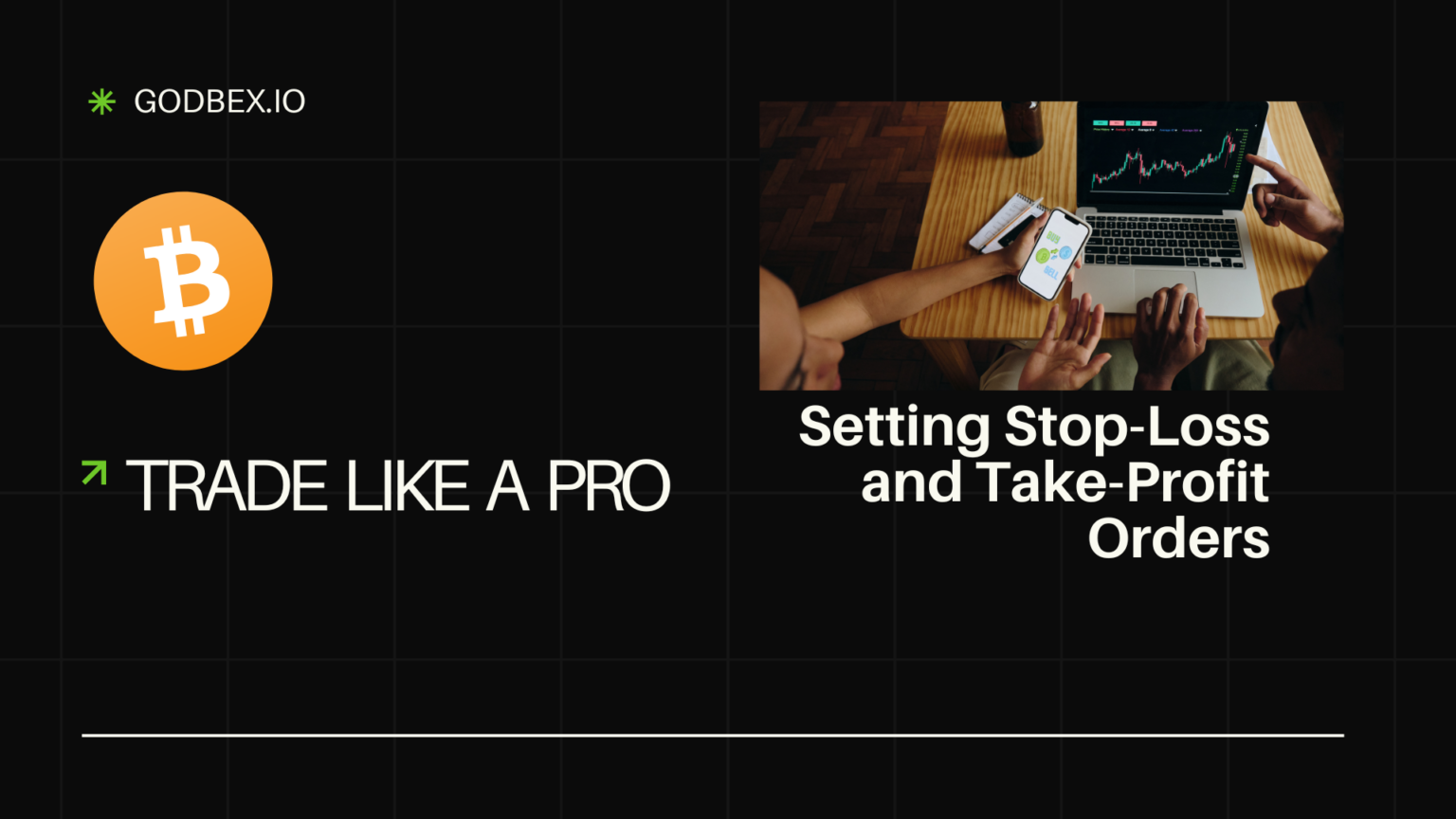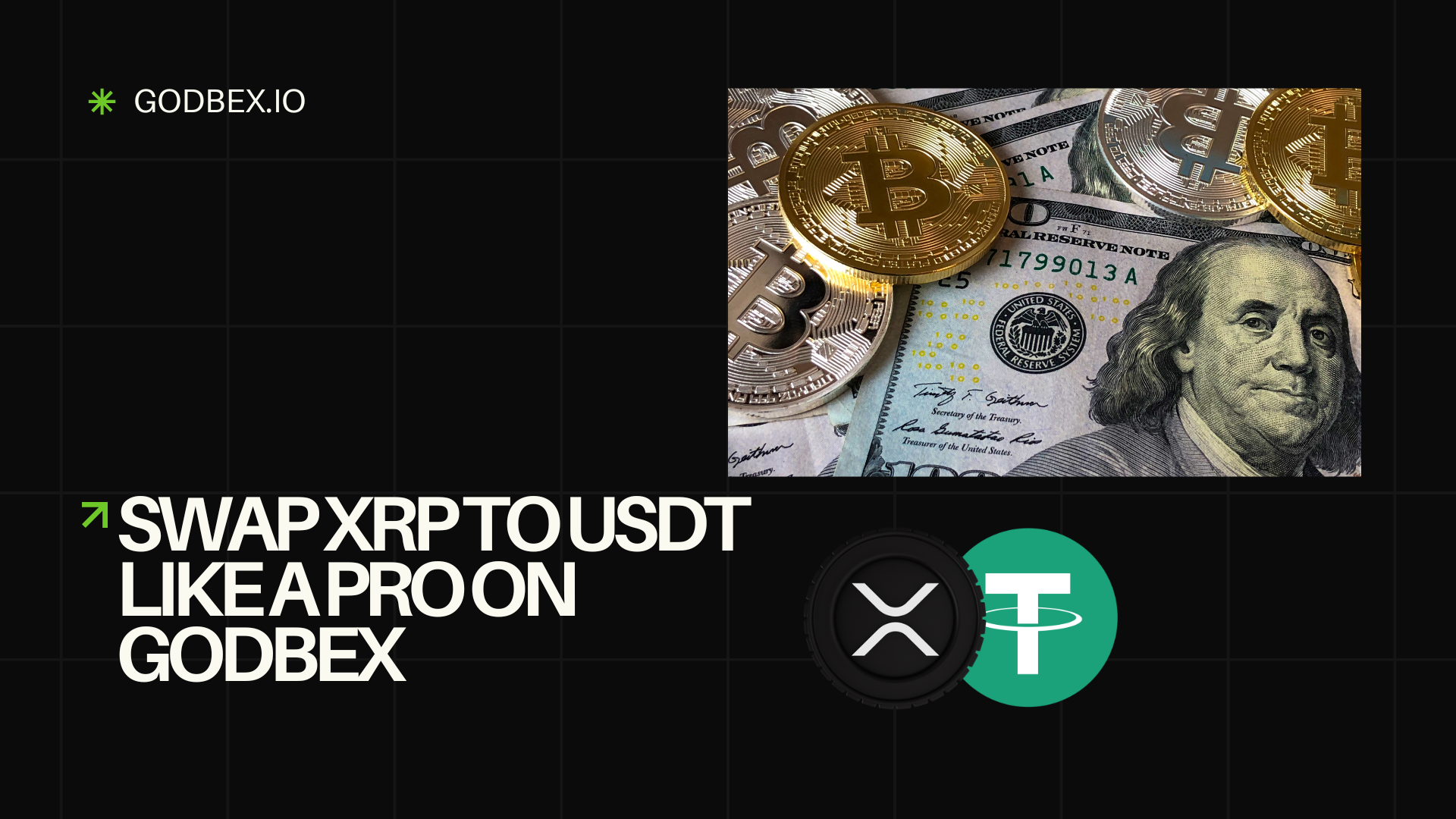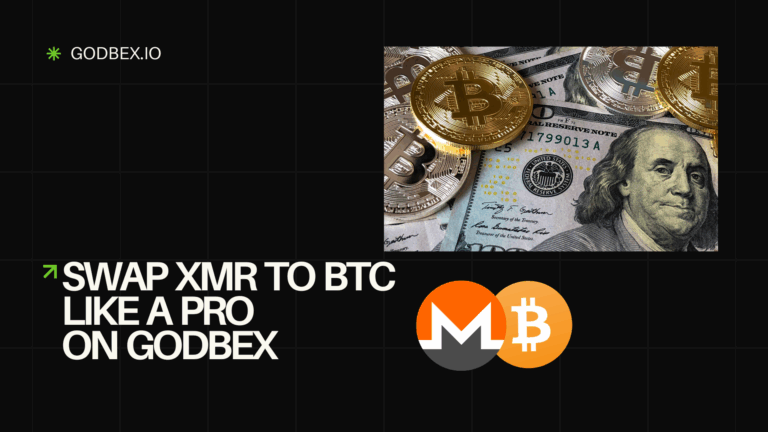
Trade Like a Pro: MetaTrader vs TradingView
In today’s fast‐paced digital markets, choosing the right trading platform is essential for both new and experienced traders. Whether you’re diving into cryptocurrency trading, Forex, or CFD trading, the tools you use can dramatically impact your performance. In this comprehensive guide, we’ll compare two of the most popular platforms—MetaTrader and TradingView—exploring their strengths and weaknesses and highlighting how they stack up against competitors like ActivTrades, VT Markets, and FP Markets. By the end, you’ll have a clearer picture of which cryptocurrency trading platform best suits your needs—and you’ll be ready to trade crypto like a pro.
Understanding the Platforms
What is MetaTrader?
MetaTrader, developed by MetaQuotes, is one of the most established Forex trading platforms available. With both MetaTrader 4 (MT4) and MetaTrader 5 (MT5) at your disposal, traders can enjoy powerful features for automated trading and technical analysis. MetaTrader is renowned for its:
- Advanced Charting Tools: With a robust suite of technical analysis software, traders can perform detailed market analysis using customizable chart templates and a wide range of technical indicators.
- Algorithmic Trading: The platform supports Expert Advisors (EAs) that enable fully automated trading strategies, eliminating the emotional component of trading and allowing you to focus on strategy development.
- Order Execution and Risk Management: Fast execution speeds and multiple order types (market, limit, and stop orders) help manage risk effectively on this trusted Forex trading platform.
- Broker Integration and Multi-Asset Capability: MetaTrader is widely supported by over 1,500 brokers, giving you access to diverse markets—from Forex and CFDs to stocks and cryptocurrencies.
What is TradingView?
Read full article in blog
Follow us:
Twitter https://x.com/godbex_io
Telegram https://t.me/godbex_io
Exchanger https://godbex.io/

















